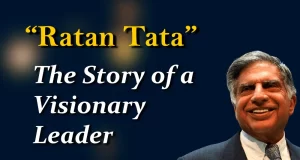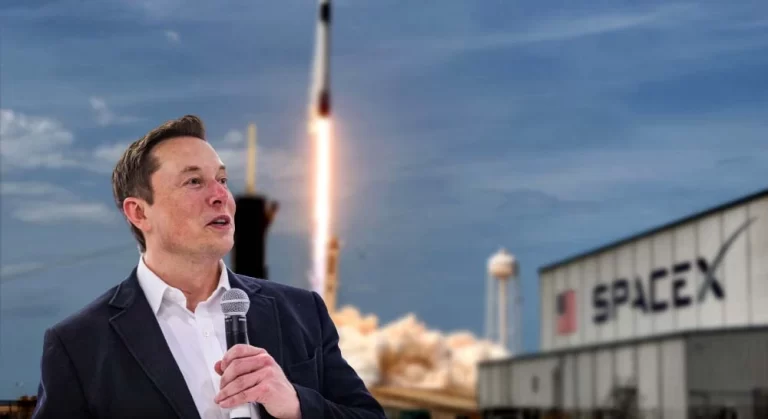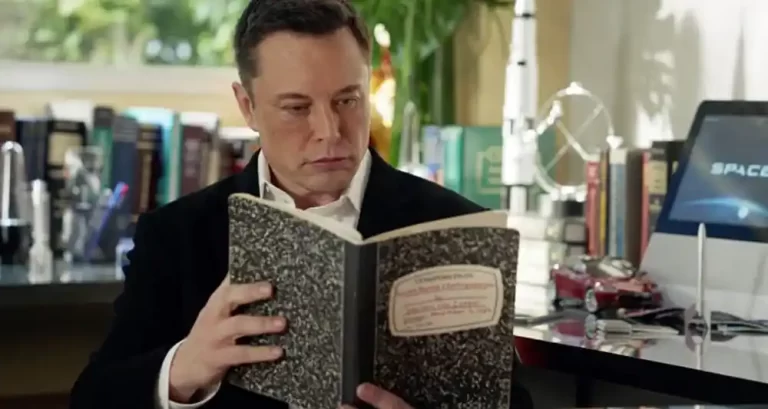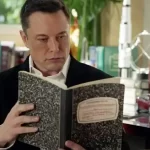Who was Stanley Meyer
Stanley Meyer was an American inventor and entrepreneur who claimed to have developed a water-powered car that could run on water instead of gasoline. He believed that by using an electrolysis process, he could split water molecules into their component parts of hydrogen and oxygen, and then use the hydrogen as a fuel source.
Meyer’s claims attracted widespread attention in the 1990s, and he was invited to speak at conferences and on television shows to showcase his invention. However, he never provided a working model of his water-powered car to independent observers, and his claims were met with skepticism by scientists and engineers.
In March 1998, Meyer died suddenly after dining at a restaurant, reportedly of a brain aneurysm. Some supporters of Meyer’s work believe that he was killed to prevent his invention from being publicly released, but there is no evidence to support this claim. Despite his death, Meyer’s legacy lives on among those who continue to believe in his vision of a water-powered car.
Early Life and Education
Stanley Meyer was born on August 24, 1940, in Grove City, Ohio, United States. He grew up in the nearby town of Canal Winchester, where his father ran a repair shop for radios and other electronic equipment. From a young age, Meyer showed an aptitude for electronics and was known for tinkering with gadgets and machines.
After graduating from Canal Winchester High School in 1958, Meyer attended Ohio State University, where he studied electrical engineering. He later transferred to Grove City College, a Christian liberal arts college in Pennsylvania, where he earned a degree in business administration.
Throughout his college years and beyond, Meyer continued to experiment with electronics and pursue his interest in alternative energy sources. He developed several inventions related to solar energy, including a solar-powered dune buggy that he drove across the country to promote the idea of solar power.
Meyer’s background in engineering and his passion for innovation laid the foundation for his later work on a water-powered car, which would become the focus of his life’s work.
Early work and Inventions
Prior to his work on the water-powered car, Stanley Meyer had already developed a number of other inventions related to electronics and alternative energy. Some of his notable early works include:
- The “Two-Stage High Voltage Capacitor”: This was a device that Meyer invented while he was still in college, which allowed for the efficient transfer of energy from one capacitor to another. This invention helped to improve the efficiency of electrical circuits.
- The “Energy Switching Converter”: This was another device that Meyer developed in the 1970s, which allowed for the efficient transfer of energy from one source to another. It was designed to be used with solar panels and other alternative energy sources.
- The “Solar-Powered Dune Buggy”: In the early 1980s, Meyer built a dune buggy that was powered entirely by solar energy. He drove the vehicle across the United States to promote the idea of solar power as a viable alternative to fossil fuels.
- The “Water Fuel Cell”: This was the invention for which Meyer is most famous. He claimed to have developed a device that could split water molecules into their component parts of hydrogen and oxygen, using a process known as electrolysis. He believed that the hydrogen could be used as a fuel source for cars and other vehicles.
Water Fuel Cell
Stanley Meyer’s Water Fuel Cell was his most famous invention, and it was based on the idea that water could be used as a fuel source for cars and other vehicles. Meyer claimed that he had developed a device that could split water molecules into their component parts of hydrogen and oxygen, using a process known as electrolysis.
The device consisted of a series of electrodes submerged in water, which were connected to a high-voltage power source. When the power was applied, the electrodes would split the water molecules, releasing hydrogen gas and oxygen gas. Meyer claimed that the hydrogen could then be used as a fuel source for an engine, without the need for gasoline or other fossil fuels.
Meyer claimed that his Water Fuel Cell was highly efficient, and that it could produce more energy than it consumed. He also claimed that it was environmentally friendly, producing only water vapor as a byproduct.
However, many scientists and engineers were skeptical of Meyer’s claims, arguing that his device violated the laws of thermodynamics and that it was impossible for it to produce more energy than it consumed. Despite this skepticism, Meyer continued to work on the Water Fuel Cell for many years, and he became well-known in alternative energy circles.
After Meyer’s death, some supporters of his work claimed that he had been killed to prevent his invention from being publicly released. However, there is no evidence to support this claim, and the Water Fuel Cell remains a controversial and unproven invention.
Success and Controversy
Meyer was able to attract investors and media attention with his claims of having invented a device that could revolutionize the energy industry by providing a sustainable and cost-effective fuel source. He was invited to speak at conferences and appeared on television shows to demonstrate his invention.
However, on the other hand, many scientists and engineers were skeptical of Meyer’s claims, arguing that they violated the laws of thermodynamics and were scientifically implausible. Meyer never provided a working model of his water-powered car to independent observers, which added to the skepticism surrounding his claims.
In addition, some investors who had put money into Meyer’s company became disillusioned when they realized that he was unable to deliver on his promises. Meyer faced several lawsuits from investors who accused him of fraud and misrepresentation.
Despite the controversy surrounding his work, Meyer continued to pursue his vision of a water-powered car until his sudden death in 1998. Today, his legacy lives on among those who continue to believe in the potential of alternative energy sources, although the scientific feasibility of his Water Fuel Cell invention remains a subject of debate and skepticism.
The Death of Stanley Meyer
Stanley Meyer died on March 20, 1998, at the age of 57. He was dining with his brother and two potential investors in a restaurant in Grove City, Ohio, when he suddenly clutched his chest and ran outside, where he collapsed. He was pronounced dead later that evening at a nearby hospital.
The official cause of death was listed as a brain aneurysm, but some of Meyer’s supporters have speculated that he was killed because of his work on the Water Fuel Cell. They claim that his invention posed a threat to the established energy industry, and that he was murdered to prevent his technology from being widely adopted.
However, there is no evidence to support these claims, and the official cause of death was accepted by both the coroner and the police department. Meyer’s death was a tragic loss for his family and for the alternative energy community, and it remains a subject of speculation and controversy to this day.
Legacy and Impact
His work inspired a new generation of scientists and engineers to explore the potential of alternative energy sources and to challenge the dominance of the established energy industry.
On the other hand, Meyer’s claims about the Water Fuel Cell were met with skepticism by many scientists and engineers, and his failure to produce a working model of his water-powered car undermined his credibility and raised questions about the scientific feasibility of his invention.
Despite these challenges, Meyer’s work continues to be studied and debated by researchers and enthusiasts in the alternative energy community. Some researchers have attempted to replicate his experiments and to refine his technology, while others have used his work as a starting point for their own innovations.
Overall, Stanley Meyer’s legacy is a reminder of the importance of scientific inquiry and innovation in tackling the complex challenges facing the world today. While his vision of a water-powered car may never become a reality, his work has helped to pave the way for new ideas and approaches to energy production and conservation, and his impact on the alternative energy community will continue to be felt for years to come.
























I like this web site very much, Its a rattling nice situation to read and incur information.